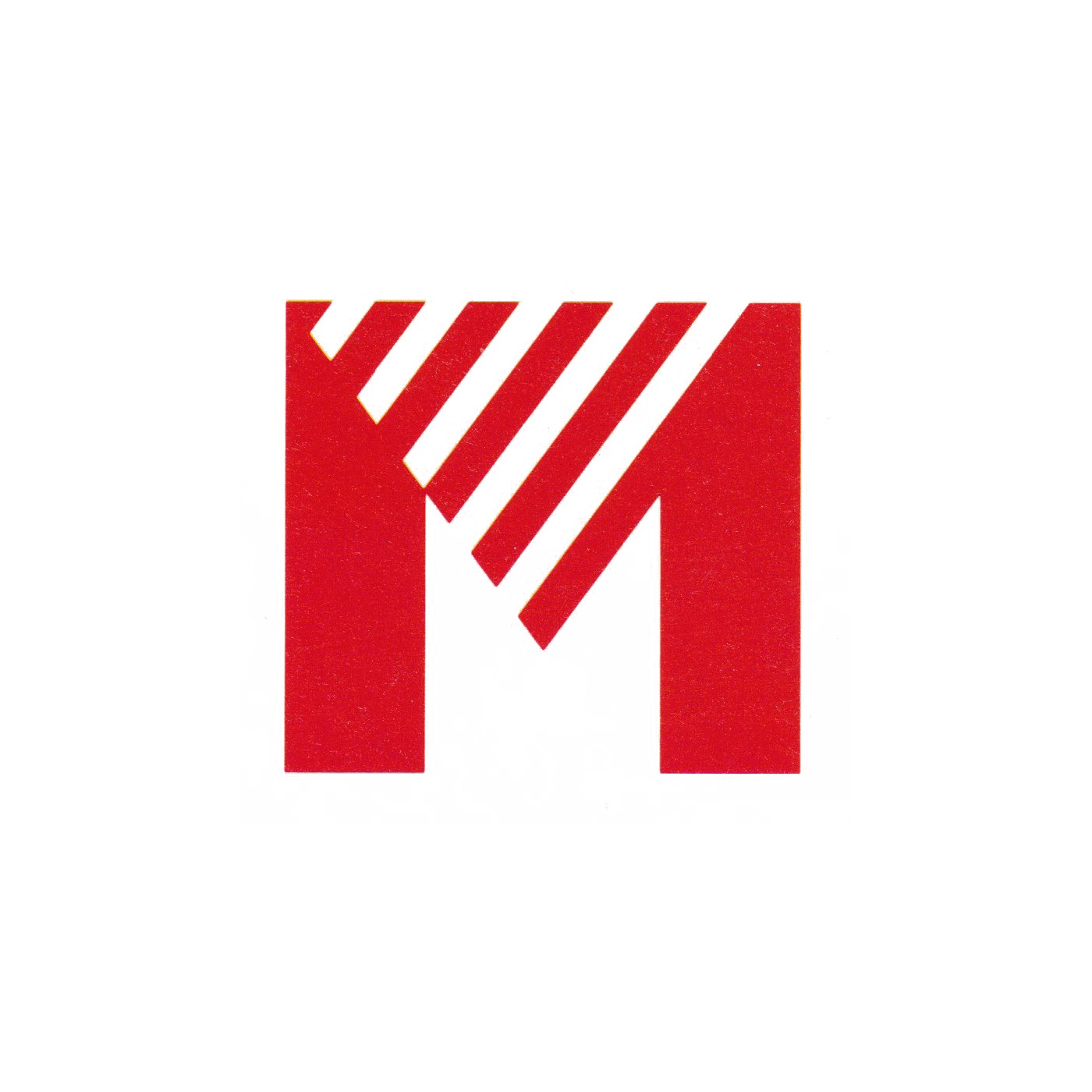Meiji Dairies Logo, 1986
Igarashi Studio's 1986 logo for Meiji Dairies Corporation.
This post is supported by LogoArchive – The home of historical logos. Discover over 4000 of history’s greatest designs from the world’s finest designers. Always find the logo inspiration you need for your next project. Start here.


